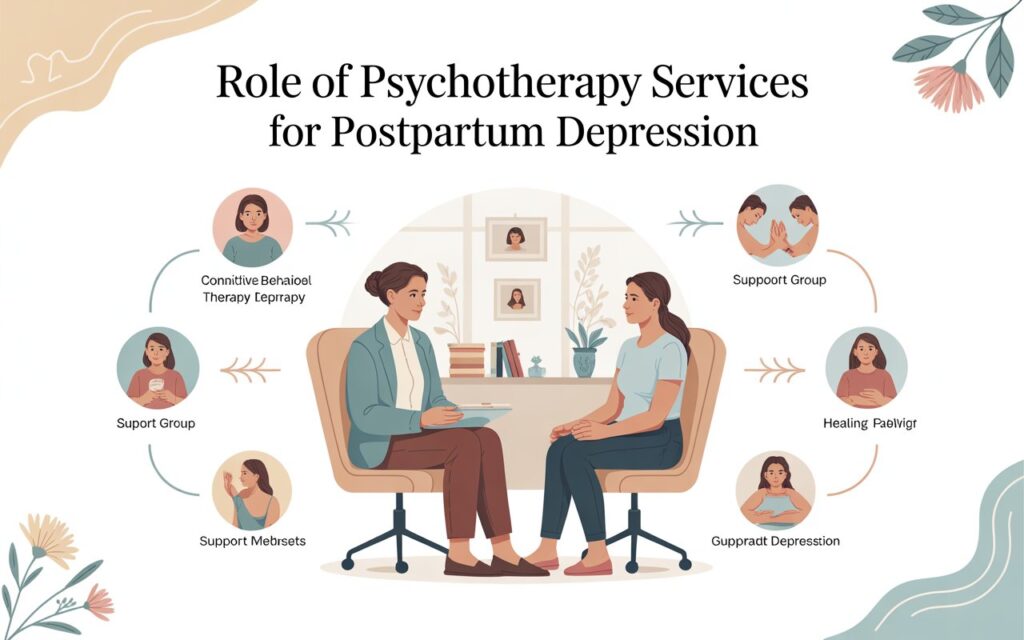In an era where many professionals are juggling demanding careers, family responsibilities, and personal well-being, Cincinnati households are increasingly finding themselves managing a dual role: caregivers and career achievers. For many, especially families involved in home care Cincinnati or utilizing Cincinnati home care services, maintaining equilibrium between caregiving duties and professional goals has become both essential and complex.
This in-depth guide provides practical strategies to help Cincinnati families navigate the challenges of balancing a rewarding career with high-quality caregiving at home.
Table of Contents
Toggle1. Recognize and Acknowledge the Challenge
Taking on caregiving alongside career obligations can feel overwhelming. Recognizing its impact on your mental and physical health is the first step.
-
Assess Your Total Load: List every daily and weekly responsibility—from work meetings and household chores to medical appointments and personal downtime.
-
Spot the Risk of Burnout: Signs include chronic fatigue, irritability, lack of focus, and dropped productivity. If these appear, it’s time to pause and recalibrate.
Awareness empowers informed decisions about where and how to integrate support, making both elements more manageable.
2. Build a Strong Support Network
You don’t have to navigate this journey alone. Collaborating with others—professionals or loved ones—can ease the strain significantly.
a) Lean on Family and Friends
-
Communicate Clearly: Share your caregiving duties with close relatives and ask for help—whether it’s a few hours of respite or ride assistance.
-
Host a Care Team Meeting: Establish schedules, assign roles, and set communication norms among those offering support.
b) Hire Professional Home Care Assistance
-
Fill the Gaps: Services like home care Cincinnati agencies offer personalized assistance with daily living tasks, medical reminders, and companionship.
-
Choose What’s Right: Decide if you need round-the-clock attention, part-time help, or specific care like dementia or post-hospital support.
-
Consistency Matters: Having a consistent caregiver fosters trust and allows you to break into shifts—ideal while working.
By integrating professionals, you ensure uninterrupted care while safeguarding your own career priorities.
3. Create Flexible Work Arrangements
Modern workplaces increasingly value flexibility. Here’s how to structure your job responsibilities around caregiving:
a) Adjust Scheduling
-
Explore Alternative Hours: Shift your start and end times slightly earlier or later.
-
Use Core Hour Models: Some roles offer core working hours flanked by flexible periods.
-
Ask for Condensed Workweeks: Four longer days can free up one day entirely for caregiving.
Open dialogue with your employer about your caregiving role often uncovers workable solutions.
b) Work from Home Strategically
-
Set Clear Boundaries: Designate a specific workspace, establish set work hours, and communicate availability to household and colleagues.
-
Maximize Quiet Moments: Slot in work hours during caregiver service or family downtime.
-
Master Efficient Communication Tools: Utilize apps and cloud platforms to streamline virtual meetings and collaboration.
4. Prioritize Self-Care—It’s Not Selfish
Your wellness is critical to consistently providing high-quality care:
-
Schedule Personal Time: Protect small windows—15 minutes for meditation, 20 minutes for a walk—as if they were business appointments.
-
Get Adequate Sleep: Fatigue undermines your capacity in both caregiving and performance.
-
Build Movement Into Your Day: Short exercise spurts can greatly improve mental clarity and energy levels.
-
Engage Socially: Connect with friends or local groups. Talking helps process stress and replenishes your emotional reserves.
Caring for yourself equips you to care for others without depleting your reserves.
5. Create Organization Systems
Structure and tools streamline both family care and professional responsibilities.
a) Shared Calendars
-
Use platforms like Google Calendar to track work meetings, care appointments, medication routines, and personal activities.
-
Enable notifications and shared access for everyone involved in caregiving.
b) Task Management Tools
-
Apps like Trello or Asana help assign chores or health-related tasks and monitor their status.
-
Shared grocery lists or medication logs empower family members to pitch in effectively.
c) Communication Routines
-
Daily check-ins or debriefs ensure everyone stays informed and tasks are redistributed as needed.
-
Establish backup communication channels for emergencies, such as a WhatsApp group chat or emergency phone tree.
6. Leverage Local and Community Resources
Cincinnati and nearby areas offer many resources to support caregivers and families:
-
Respite Programs: Some nonprofits and healthcare systems provide in‑home or day‑center respite care.
-
Adult Day Services: Local centers offer social engagement, light meals, and medical supervision during corporate hours.
-
Support Groups: Both in-person and online groups for caregivers—especially for dementia, stroke, and other chronic conditions—provide valuable emotional backing.
-
Workshops and Education: Free or low‑cost seminars on caregiving skills and stress management.
Identifying and utilizing these supports relieves pressure and enriches both caregiver growth and client well-being.
7. Optimize In-Home Care Use
Make the most of Cincinnati home care partnerships:
a) Define Clear Care Plans
-
With your care agency, document priorities—from medication reminders to companionship and mobility support.
-
Regularly revisit and adjust care levels based on evolving needs.
b) Integrate in Daily Life
-
Arrange care around your workday—caregiver arrives before your shift and stays on during key appointments.
-
Plan breaks to align with care visits, freeing you to focus and recharge.
c) Foster Genuine Relationships
-
Encourage trust and rapport between the caregiver and care recipient.
-
Nurture respect and partnership by including your loved one in conversations with the care team.
8. Communicate Transparently with Your Employer
Your employer need not know every detail, but clear boundaries and communication about your role can invite flexibility and understanding.
-
Educate: Share pertinent information and reassure that your commitments won’t compromise your performance.
-
Offer Solutions: Present how you intend to handle time-sensitive meetings or deadlines.
-
Know Your Rights: Familiarize yourself with FMLA eligibility, disability accommodations, or local caregiver protection policies to support your requests when needed.
Many employers value the insights, dedication, and resilience caregivers bring to their roles.
9. Revisit and Adapt Regularly
Life evolves—so must your plan.
-
Monthly Check-ins: Evaluate how well your systems support your work and caregiving.
-
Update Care Plans: Modify scheduling, support, or service levels as your loved one’s needs change.
-
Adjust Work Flexibility: Consider revisiting your employer arrangements annually, especially after life milestones.
Flexibility and ongoing adjustments help prevent burnout and keep all responsibilities on track.
10. Remember the Why
When juggling responsibilities becomes overwhelming, reconnecting with your motivation makes a world of difference.
-
Celebrate Small Wins: Moments of joy, progress, or calm amidst routine deserve recognition.
-
Visualize the Impact: Both caregiving and your professional contributions matter deeply to your family and your career.
-
Find Pride in Your Role: Managing hard things with care, thoughtfulness, and grace is something to honor.
Sample One-Day Schedule
Here’s how a balanced day might look for someone combining caregiving with a 9-to-5 job:
| Time | Activity |
|---|---|
| 6:00–6:30 AM | Morning wellness: stretch, journal, calm prep |
| 6:30–7:15 AM | Get care recipient ready: breakfast, medication, grooming |
| 7:15–8:00 AM | Brief family check-in & prep for the day |
| 8:00–9:00 AM | Caregiver arrives / start workday from home office |
| 9:00–12:00 PM | Work block 1 |
| 12:00–12:30 PM | Lunch & caregiving check |
| 12:30–3:00 PM | Work block 2 |
| 3:00–3:30 PM | Caregiver handoff: notes, transition |
| 3:30–5:30 PM | Work block 3 / finish up meetings and tasks |
| 5:30–6:00 PM | Quiet walk or unwind before personal time |
| 6:00–7:30 PM | Family time/dinner |
| 7:30–8:00 PM | Care routine & prep for carrier’s next day |
| 8:00–9:00 PM | Personal downtime—read, call a friend, relaxation |
| 9:00–9:30 PM | Light prep for next day, early to bed |
Final Thoughts
Balancing career aspirations and caregiving responsibilities in Cincinnati is demanding but doable with foresight, support, and structure. By collaborating with home care agencies, leaning on community resources, maximizing workplace flexibility, preserving personal time, and nurturing your mental health, you can successfully wear both hats.









